Yasin Ozturk/Anadolu via Getty Images
 By Jim Carroll,
By Jim Carroll,
CEO, Professional Services Council
By Jim Carroll
|
COMMENTARY | A government shutdown hurts government operations, industry and the U.S. economy.
Government shutdowns are major disruptors that have widespread implications for not only the federal agencies and the services they provide, but also for the contractors — millions of U.S. constituents — who play a critical role in government operations. Shutdowns negatively impact essential federal missions, harm the U.S. economy, and cause inefficiencies and financial losses that have long-term consequences for our country. Congress must act now to ensure the government remains open.
A government shutdown halts essential services, weakens national preparedness and undercuts public trust. Federal agencies are forced to pause operations, furlough employees and delay critical decisions, undermining their ability to meet mission goals. But the impact extends far beyond government offices. When the federal government shuts down, contractors shut down.
Federal contractors — trusted partners of the government — are often hit even harder. Without agency funding or direction, contractors are forced to suspend work, absorb financial losses, and oftentimes lay off skilled personnel. Small- and mid-sized contractors are particularly vulnerable, lacking the resources to weather prolonged disruptions.
Contractors, who reside in all 50 states and contribute trillions of dollars to the GDP, are integral to America’s federal workforce. They provide the technical expertise, surge capacity and mission support that agencies rely on every day. If this support network erodes due to chronic funding uncertainty, the consequences will be lasting. Talent will leave the sector. Small firms will exit the federal marketplace. Innovation will stall. The Congressional Budget Office estimates the 2018 shutdown cost the U.S. economy around $11 billion, including a permanent loss of $3 billion in un-recovered GDP.
Policymakers must recognize that a shutdown is not simply a budgetary lapse — it’s a policy failure with national implications to their constituencies.
Action must begin now with these three key three steps:
First: Avoid a shutdown at all costs and ensure the government remains open. Government shutdowns have far-reaching consequences — not just for federal agencies and employees, but for the millions of private-sector workers who support government operations as contractors. Even brief shutdowns can halt services, delay projects and threaten jobs.
Second: Ensure timely passage of appropriations bills. Congress must return to regular order and pass full-year appropriations on time. While Continuing Resolutions can prevent shutdowns, they are an inefficient stopgap. CRs freeze funding, delay new programs and increase administrative burdens. If a CR is necessary, it must be passed swiftly to maintain momentum and ensure funding certainty for both agencies and their industry partners. Timely appropriations aren’t just about budgeting — they’re essential for effective governance and national readiness.
Third: Treat federal contractors as essential partners in governance. Federal contractors are vital to mission success, yet during funding uncertainty, they often face delayed guidance, unpaid disruptions and limited support. Agencies should ensure timely communication, fair reimbursement and clear direction to help contractors manage operations and protect jobs. Strengthening this partnership also requires policy and legislative efforts to support business viability and preserve the federal industrial base.
PSC urges Congress to avoid a lapse in appropriations and the resultant shutdown of the federal government and enact Fiscal Year 2026 full-year appropriations bills at the earliest possible time.
Let’s come together as a country and keep the government open.
Jim Carroll is CEO of the Professional Services Council, a trade association representing approximately 400 federal contractors to the legislative and executive branches of government. With over 30 years of experience in government and the private sector, he has held senior roles under two U.S. presidents and served in key positions at the White House.
